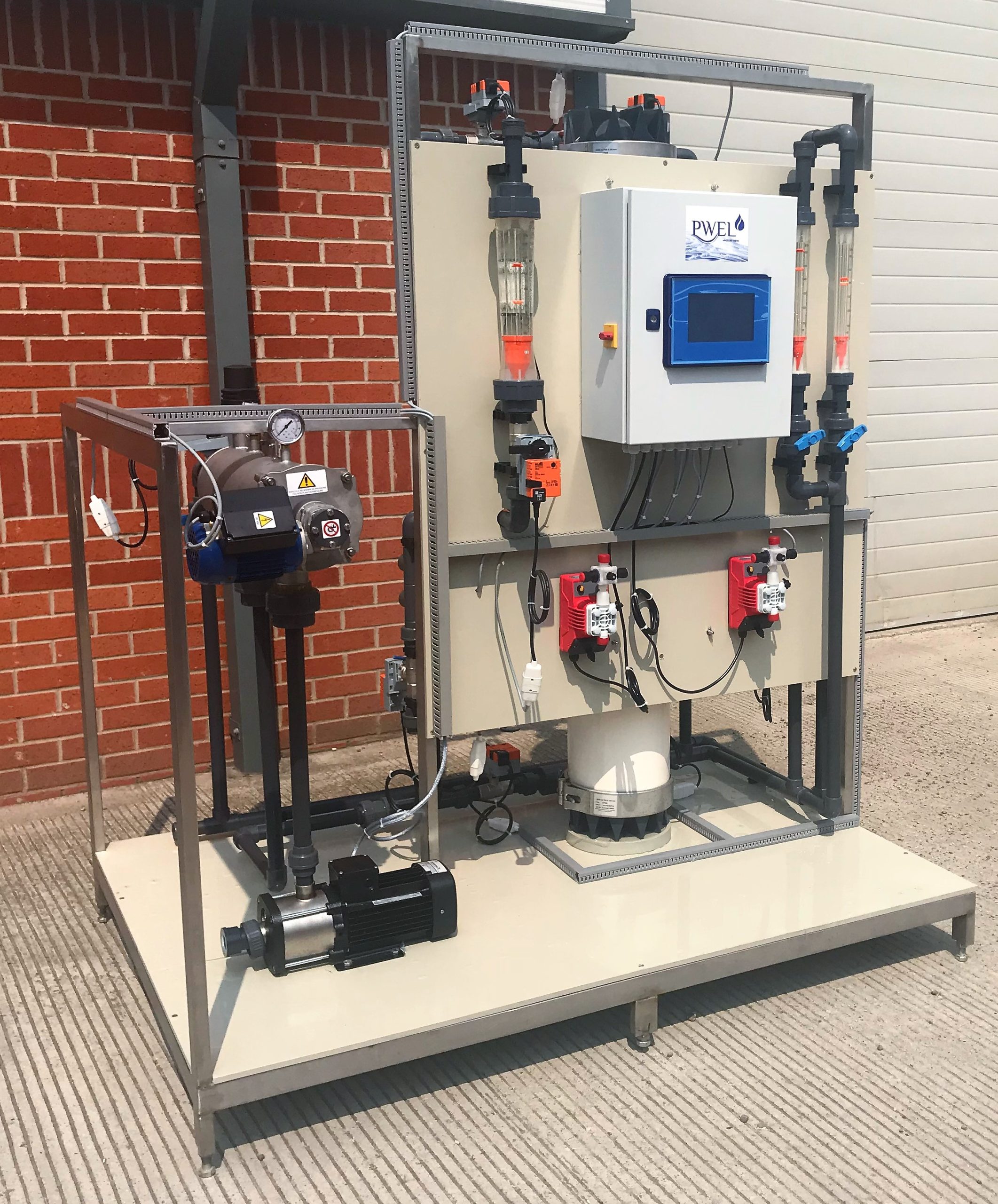Ultra-Filtration
Ultra Filtration units contain semi-permeable membranes to remove suspended solids high molecular weight solutes and even low level oil contamination from water.
The pore size of a nanofiltration membrane is normally about 1000 times greater than an RO membrane so allows a greater proportion of minerals through than RO.
Why would I need one?
Whenever it is a requirement to remove suspended solids of less than 0.1 microns, organic molecules and bacteria of a water supply or effluent.
When would I use it?
For compliance with various standards and manufacturers specifications.
Examples include Brewing, Food Processing, Waste Water Treatment, Recycling Systems, Irrigation and many more applications.

How does it work?
The water to be cleaned is forced under pressure through the membrane whereby the contaminants are retained on the membrane surface allowing the low molecular weight solutes (minerals etc.) to pass through.
This separation technique is typically used to remove heavy weight organics in waste water streams or to purify clean water.
The system may operate as a “cross-flow” or “dead end”. In either case the membrane will become fouled and will require back-washing to remove the debris to drain.
Backwashing the membrane is accomplished by reversing the flow through the membrane via a high pressure high flow for a short interval and discharging the waste to drain. The membrane will be backwashed using clean water and chemical cleaning agents may be applied.
The backwash may be initiated by time, flow rate or pressure drop.
It also allows water that may not have conformed to the EU drinking water directive to be made potable.
